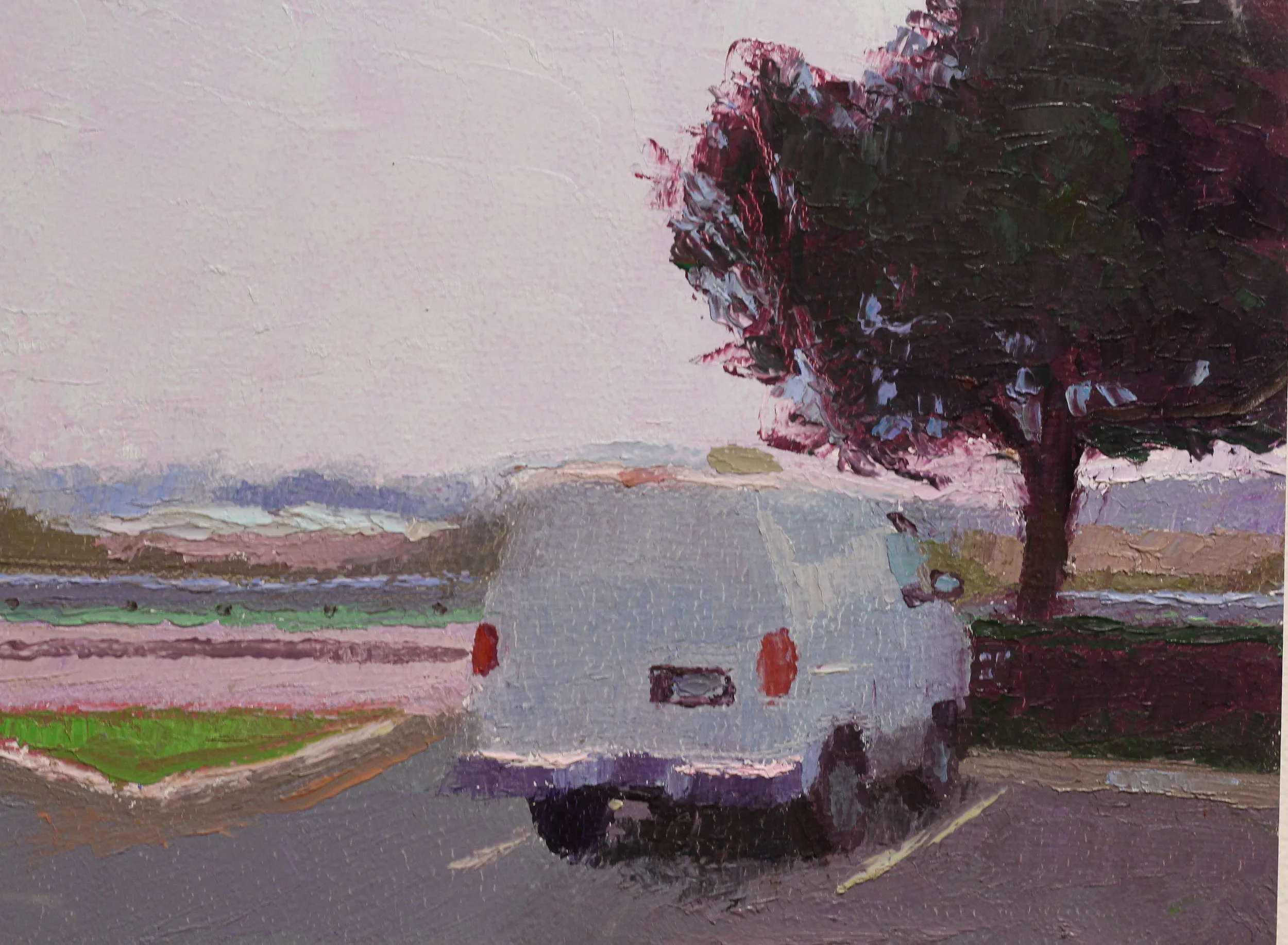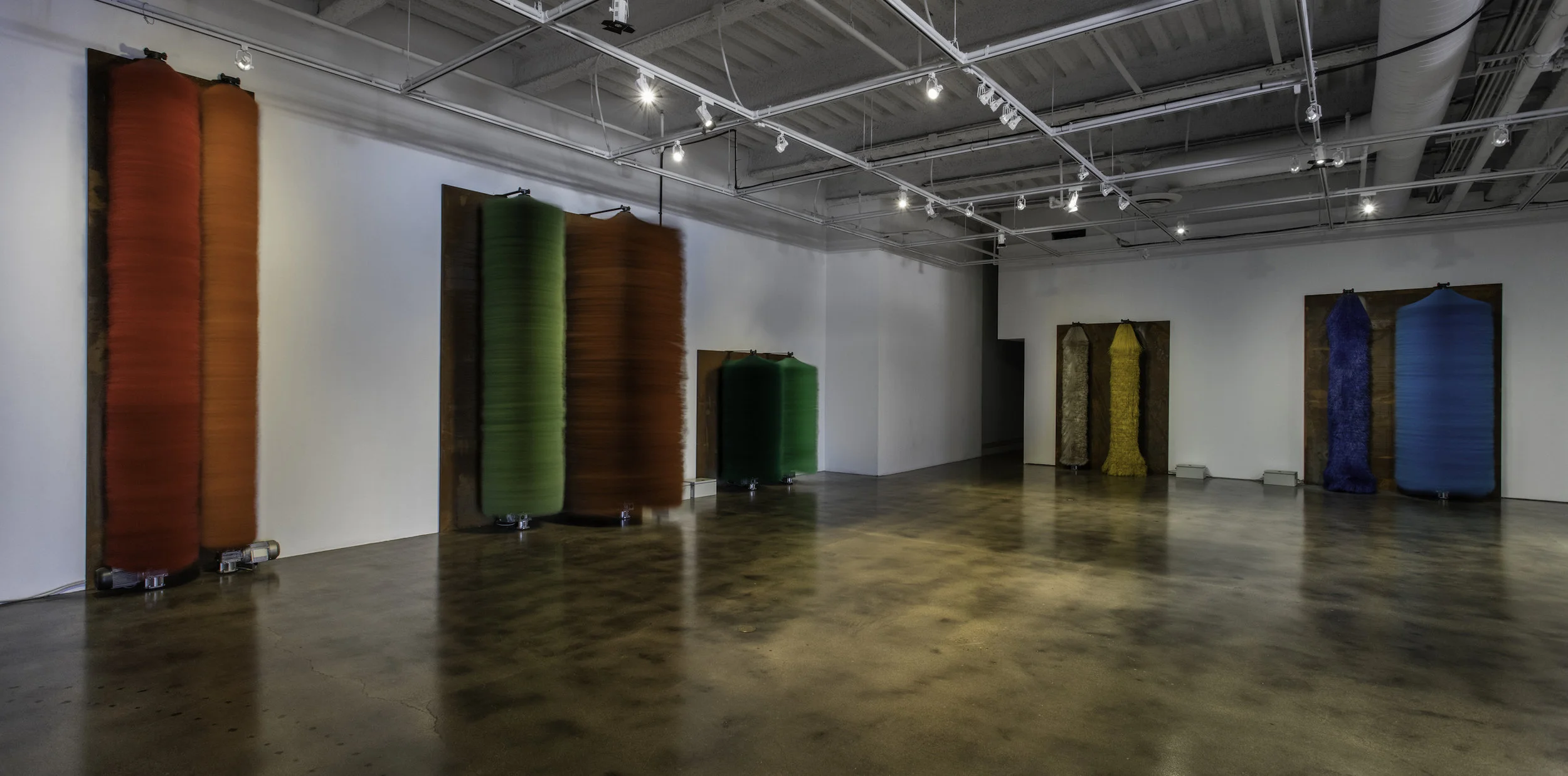The Multiple Meanings and Outliers of Art, LACMA
Symposium Review: Expanding Outliers in American Art
By Maiza Hixson
The Expanding Outliers symposium provoked many questions: How do we preserve the rights of artist “outliers” to articulate their own positions rather than becoming ineluctably exploited by the capitalist market, or canonized according to the will of art critics, historians, curators and museums whose labeling may contradict how artists actually frame themselves? Additionally, as museums identify and develop target audiences with specific artists and exhibitions, do they simultaneously reinforce hierarchical definitions of art and culture that further dictate to people and communities what is of value?
A key theme in art historical discussions surrounding self-taught artists is the “discovery” narrative. Who has the power to confer status upon an artist and does this naming potentially subjugate him or her? Is the curator-as-discoverer making claims about the self-taught artist in order to bolster his or her own position? Or, perhaps, the discoverer is an art dealer seeking to profit off the artist. Dovetailing with these ideas, Dr. Jennifer Sorkin, Expanding Outliers symposium organizer and UCSB professor, posed the compelling question of whether museums also participate in the colonization of audiences. Her question inspired my thinking about how artists—from the self-taught to MFA-trained—survive in economically precarious environments in which visibility and success are never guaranteed.
Judith Scott, Untitled, 2004, fiber and mixed media, 21 × 16 × 16 in., The Museum of Everything, London, © Creative Growth Art Center
As symbols of privilege and culture, art institutions and museums promote artists and objects deemed worthy of attention. Accordingly, museum staff must also induce audiences to visit and appreciate exhibitions. In many ways, museums attempt to cultivate new audiences through “discovery.” Yet, human creativity exists regardless of whether a director, art historian or curator canonizes it as “art” within a museum context. Museums thus bear the burden of remaining relevant, particularly in a social-media saturated, Internet-dependent society that may not look to museums for culture. The idea of a museum’s colonial impulse relates to several ideas. For one, as boards tout their executive and curatorial staff members as art world stars, they often indulge in a kind of reality-TV show style of marketing. Museums and non-profit arts organizations exploit individual appearances and audiences as a branding strategy. Fashionable figureheads perform a variety of public rituals—from talks to cocktail receptions—to satisfy donors and appeal to many different communities and demographics. Whether such performances yield meaningful or sustainable community engagement remains in question.
Lonnie Holley, The Boneheaded Serpent at the Cross (It Wasn’t Luck), 1996, metal, bones, and dried flowers, Souls Grown Deep Foundation, Atlanta, from the William S. Arnett Collection, © Lonnie Holley/Artists Rights Society (ARS), New York, photo by Stephen Pitkin
During the panel “Outsider vs. Outlier Histories,” Outliers curator Lynne Cooke along with curators Lisa Stone and Elsa Longhauser introduced important collections and exhibition histories that have influenced the field. I was struck by this panel’s focus on non-dominant art centers like Chicago and Philadelphia as important geographic regions for outlier art. It was interesting to consider this panel as a deconstruction of the stereotype that New York City, for example, has long been the most important locus for modern and contemporary art in America. Stone’s presentation on the Roger Brown Study Collection provided rich insight into the Chicago-based artist’s work and artistic milieu. As a former student of the School of the Art Institute of Chicago, I visited the Brown Collection in 2001 and observed first-hand the artist’s copious sketchbooks, libraries, slides and photographs, personal and professional correspondence, et al. Artists such as Brown, the Chicago imagists Jim Nutt and Gladys Nilsson, and outlier Henry Darger, have influenced my own art-making.
Focusing on Philadelphia, Longhauser’s fascinating curatorial work in highlighting “outsider” art, particularly her important 1981 exhibition at University of the Arts (formerly Philadelphia College of Art), reminded me of my teaching stint at UArts, where I had the opportunity to curate Young Country: On Rural Themes in Art at UArts’ Rosenwald-Wolf Gallery in 2011. My exhibition initially opened in Louisville, Kentucky and explored the artistic hierarchies between disparate geographic regions in the U.S. I attempted to create visibility for trained artists working in the Midwest and South—areas which still suffer from neglect in comparison to coastal and international art centers.
Joseph Yoakum, Briar Head Mtn of National Park Range of Bryce Canyon National Park near Hatch, Utah U.S.A., c. 1969, pen and colored pencil on paper, 20 x 24 in., National Gallery of Art, Washington, gift of the Collectors Committee and the Donald and Nancy de Laski Fund
Jacob Lawrence, Sidewalk Drawings, 1943, gouache on paper, 22 3/8 × 29 1/2 in., Collection of Shahara Ahmad-Llewellyn, © The Jacob and Gwendolyn Knight Lawrence Foundation, Seattle/Artists Rights Society (ARS), New York
Barbara Rossi, Rose Rock, 1972, acrylic on Plexiglas panel, artist's frame, 27 3/4 × 23 3/4 in., courtesy of the artist and Corbett vs. Dempsey, Chicago, © Barbara Rossi
Listening to several of the symposium panelists’ discussions surrounding themes in the Outliers exhibition, I was reminded of author Kaira Cabanas who outlined how a Brazilian self-taught artist like Arthur Bispo de Rosario’s creative oeuvre has been problematically contextualized by and within the art world. It was only until after his death in 1989 that his creative production (originally made within a psychiatric clinic) would be subject to art history and museum display. Bispo curator Frederico Morais’ recontextualization of Bispo from a clinical context to an artistic one reflects a cultural blindness that parallels the art world’s conceits surrounding the legitimatization process of rendering outsiders visible through the tropes of art history. Famous for mounting shows on art and politics, Morais sought to reenvision artists’ roles in society during a dictatorship. Morais claimed to have “invented” Bispo. He appropriated this phrase from architect and urbanist Lucio Costa’s generalization about Brasilia as a previously empty and silent city that he literally invented.
In a larger sense, exhibitions like Outliers spark an equally urgent debate in terms of who has the power to grant legitimacy to artists and on what basis. For example, Outliers symposium panelist Bridget Cooks critiqued how Gee’s Bend quilts (made by women living in a small, remote, African American community in Alabama) were erroneously justified through their relation to Modern painting (“in the Outliers exhibition catalogue essay,” as she stated).
Alan Shields, Shape-Up, 1976-77, acrylic, thread, and beads on canvas belting, 75 × 72 in., The Drawing Room Gallery, East Hampton Section, © Alan Shields Estate, photo by Gary Mamay
From my own experience having lived in “fly-over states,” self-taught artists from the south often capture an exoticizing eye. Partly satirizing this phenomenon, Louisville, Kentucky-based artist Cynthia Norton performs an alter-ego named Ninnie Naïve, a self-taught painter turned aspiring country singer who is ironically tone deaf. Having mentioned Norton’s work to an internationally renowned curator years ago, I recall his asking me why I didn’t curate self-taught artists from Kentucky instead. My initial reaction was one of surprise. Even such a brilliant curator did not recognize his own conceit. It would seem that academically trained artists from the South were less interesting to him. Self-taught certainly does not negate the educational power of one’s familial or cultural influences, however. What constitutes training and how do we avoid oversimplifying the complexity of an artist’s conceptual process when referring to him or her as self-taught? Coupled with the exhibition, the symposium provided several points of entry to consider multiple definitions of outlier-ness.
Marsden Hartley, Adelard the Drowned, Master of the "Phantom", c. 1938–39, oil on board, 28 × 22 in., The Frederick R. Weisman Art Museum at the University of Minnesota, Minneapolis, bequest of Hudson D. Walker from the Ione and Hudson D. Walker Collection
John Kane, Self-Portrait, 1929, oil on canvas over composition board, 36 1/8 × 27 1/8 in., The Museum of Modern Art, New York, Abby Aldrich Rockefeller Fund, 1939, digital image © The Museum of Modern Art/licensed by SCALA/Art Resource, NY
Outliers and American Vanguard Art is on view November 18, 2018 to March 17, 2019, at Los Angeles County Museum of Art.
•
Want to write for Lum Art Zine? Contact editor@lumartzine.com.
Interested in how you can support Lum Art Zine? We are currently seeking sponsors for Lum Art Zine’s Summer 2020 issue. To get involved or to make a donation, contact editor@lumartzine.com.






